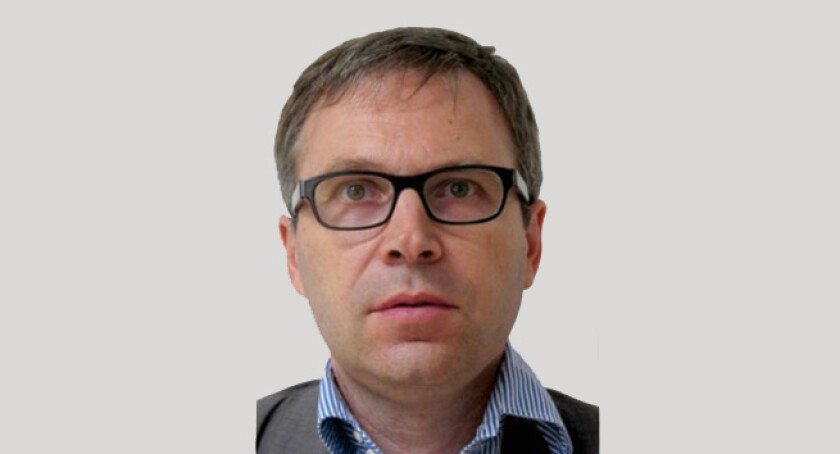In 2013, Orange outsourced a little over 2,000 towers in Cameroon and Cote d’Ivoire to IHS under a managed services plus build-to-suit programme. The deal followed soon after MTN transferring a similar number of towers to the same towerco, so TowerXchange thought it would be timely to reflect on the first year or so of independent towerco operations in the two West African countries, looking first from the operator’s perspective.
TowerXchange: What motivated Orange’s decision to outsource your towers in Cameroon and Cote d’Ivoire?
Michel Faivre, Directeur Programme Partage d’Infrastructure AMEA, Orange:
We usually have the same motivation when outsourcing our towers; to decrease opex and improve QoS, in addition to extending our network without capex.
TowerXchange: What has been your experience of the Quality of Service Orange’s towerco partners in Africa?
Michel Faivre, Directeur Programme Partage d’Infrastructure AMEA, Orange:
Towercos are selling their capacity of raising cash to finance acquisitions and renewal (which is relatively easy for them) – but the proof of the business model will be in the delivery of service.
I want to be positive about our towerco partners, but it has to be said that QoS is still a challenge.
TowerXchange: What are the main problems with QoS – is it primarily due to interruptions due to power problems for example?
Michel Faivre, Directeur Programme Partage d’Infrastructure AMEA, Orange:
The countries where we outsourced have neither the worst nor the best grids in Africa. For example, in Cote d’Ivoire, fuel represents 36% of the total energy cost and the grid 64%, while in Cameroon, fuel represents 52% and the grid 48% of the total energy cost.
One of our objectives with outsourcing is to have towerco partners that apply innovative solutions to guarantee power for antennas even if the grid is not available; it is probably too early for us to see the result of this opportunity.
QoS problems are also often related to three problems. The first is difficult weather conditions which impacts electricity production. The second is operational processes. And the third is the training and learning curve. To negotiate tower deals is one thing – to set up the team and processes takes time. Towercos remain small companies from an operational point of view.
TowerXchange: How has infrastructure sharing been progressing in Cameroon?
Michel Faivre, Directeur Programme Partage d’Infrastructure AMEA, Orange:
Not all the operators are equally enthusiastic about infrastructure sharing. A newly licensed operator initially showed little interest in co-location, preferring to build their own towers, but expediency of getting to market may change their approach.
TowerXchange: What have been your experiences with the build-to-suit component of your programme ?
Michel Faivre, Directeur Programme Partage d’Infrastructure AMEA, Orange:
We had trouble initially making the build-to-suit programme fit our budget. Technical teams were requesting large areas to accommodate equipment such as 2.4m microwave backhaul dishes generating significant extra costs when in practice 1.4m or 1.8m dish proved to be sufficient in most cases. We have explained the contractual rules to them and now we have a perfect adjustment.
So there is a learning process to optimise the BTS programme.
Towerco contracts offer us the possibility to quickly extend our network by renting a significant number of towers made available by the towerco, rather than building new sites.
We are also facing another issue for BTS: towercos are reluctant to build a tower where they don’t immediately have a second tenant.
TowerXchange: What have been the pros and cons of there being a single towerco in some countries?
Michel Faivre, Directeur Programme Partage d’Infrastructure AMEA, Orange:
We’ve had many discussions about this. My personal opinion is that having a single towerco for several operators in a country has facilitated the arrival of the towerco and therefore has been an opportunity to accelerate our programme to share infrastructure, reduce opex and improve QoS.
However, there have been lessons learned which we will transfer to any other markets where a single towerco might have a monopoly status. For example, initially we included only the classical radio sites to accelerate the deal and simplify due diligence. Orange retained a small number of 15-25 technical sites, and had intended to negotiate inclusion of those additional sites after the initial deal closed. However, it has so far been proved impossible to transfer those sites to the tower company’s portfolio because the conditions offered do not make sense, and we have no way to create a competitive process for those technical sites.
As a result, for tower processes in new countries we will negotiate all the sites up front, even if we have an option to add or not add certain sites to the contract within 12-24 months.
At least we still own our historical towers in most countries, but for operators that have sold their towers, in 10 years how will they negotiate new prices and new conditions when a single towerco owns or manages 50%+ of towers in the country?
Michel Faivre is a member of the TowerXchange ‘Inner Circle’ Informal Advisory Board, and will be speaking at the TowerXchange Meetup Africa 2014 on October 20-21 in Johannesburg.

